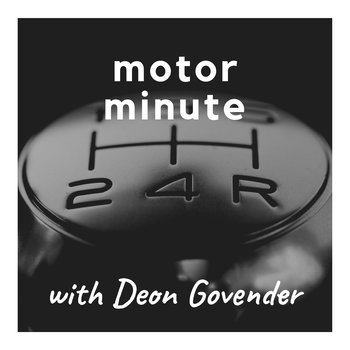
Gibela is well trained in train building
Loading player...
It is important that commuter trains waste as little time as possible when leaving platforms, not only to save passengers time when traveling from station to station but also to allow for trains to arrive at the station in quick succession, especially during peak periods.
In order to allow this, the motor that drives the train must be designed to provide high torque at low speed for fast acceleration from the platform, while displaying low torque once the train is running at high speed. Gibela uses traction motors – electric motors that do just this – in its passenger trains. These specially designed traction motors are now being locally produced by Gibela.
Gibela’s passenger trains are designed specifically for South Africa’s gauge tracks. “From the mid-19th century, the 1.067m Cape gauge rail track became widespread in the British Empire.
This was selected in South Africa to reduce the cost of building tracks across and through the mountains found in several parts of the country and is still the predominant gauge in South Africa
In order to allow this, the motor that drives the train must be designed to provide high torque at low speed for fast acceleration from the platform, while displaying low torque once the train is running at high speed. Gibela uses traction motors – electric motors that do just this – in its passenger trains. These specially designed traction motors are now being locally produced by Gibela.
Gibela’s passenger trains are designed specifically for South Africa’s gauge tracks. “From the mid-19th century, the 1.067m Cape gauge rail track became widespread in the British Empire.
This was selected in South Africa to reduce the cost of building tracks across and through the mountains found in several parts of the country and is still the predominant gauge in South Africa



